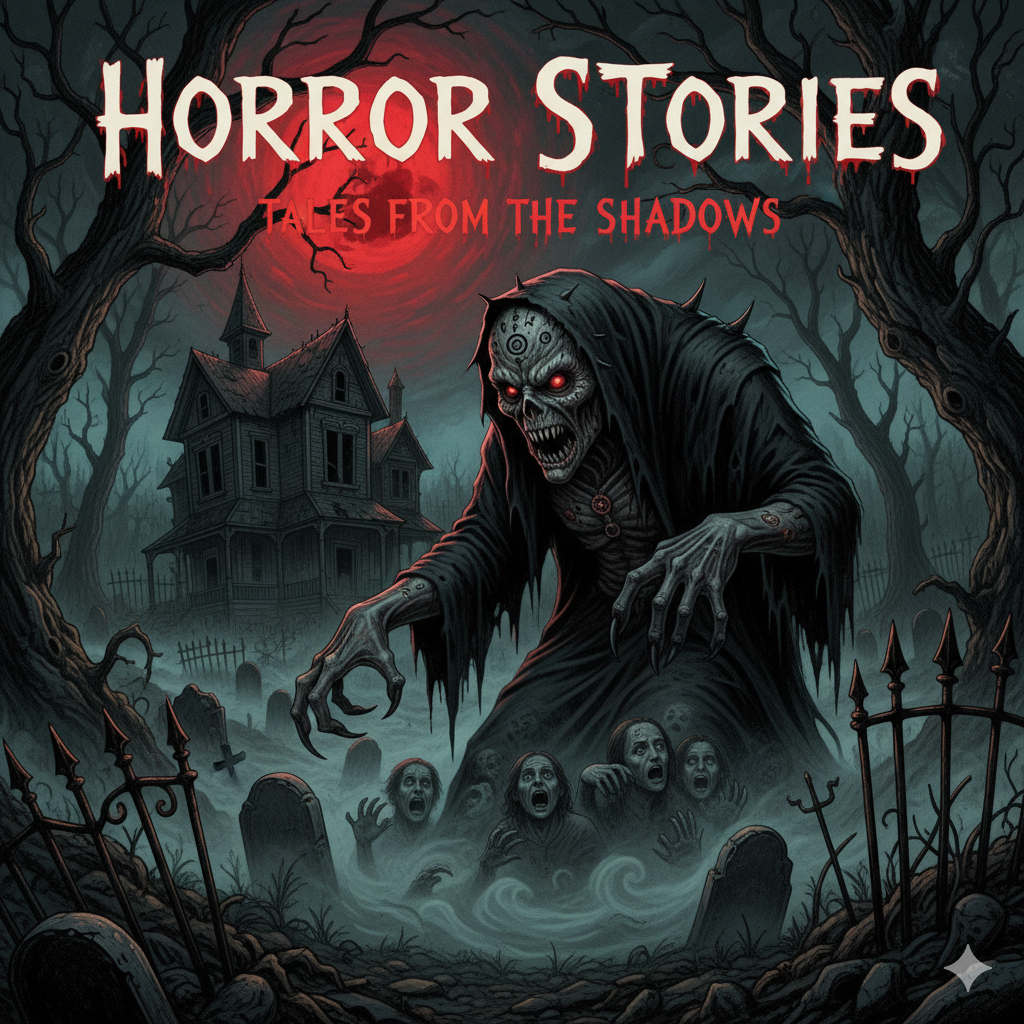Creating compelling, Effective Movie Posters combines art, psychology, and marketing strategy. It’s not just about slapping an image onto a piece of paper or a digital screen—it’s about encapsulating the essence of a film, igniting curiosity, and drawing audiences into the cinematic experience before they even set foot in the theatre. For an audience in the United Kingdom, where film culture is both rich and varied, a movie poster must resonate with a diverse demographic, from blockbuster enthusiasts to indie film buffs. This article explores the key elements that make a movie poster effective, particularly in the UK market, and offers insights for those looking to create their own iconic piece of film advertising.
The Power of Imagery
The first thing anyone notices about a movie poster is the imagery. In the UK, where art and design are highly appreciated, the visual elements of a poster can make or break its appeal. The image should be striking enough to grab attention yet subtle enough to leave room for curiosity. For instance, the poster for Trainspotting is a great example of using imagery effectively. The stark, almost gritty portrayal of its characters against a white background instantly sets the tone for the film—a raw, unfiltered look at life in Edinburgh.
In contrast, a film like Love Actually, which is quintessentially British, uses a softer, more heartwarming visual approach. The collage of characters, with their stories intertwined by red ribbons, immediately tells the audience this is a film about connections and relationships. The imagery should be tailored to the film’s genre and message, but it should also cater to the tastes and expectations of the British audience, who often appreciate a mix of subtlety and sophistication in visual art.
Typography: More Than Just Words
In movie posters, typography isn’t just about conveying the title of the film—it’s about setting the mood. The font style, size, and colour can evoke specific emotions and hint at the film’s genre. For instance, the Gothic lettering in the Harry Potter posters immediately signals a world of magic and adventure, while the sleek, modern font of Inception suggests a mind-bending, high-concept thriller.
In the UK, where there is a strong tradition of graphic design, the choice of typography can also tap into cultural references or historical periods. The poster for The King’s Speech, for example, uses a classic serif font that evokes the era of King George VI, subtly reinforcing the film’s historical context. The typography must be clear and legible but also creative enough to stand out and convey the film’s essence.
Colour Palette: Setting the Tone
The colour palette of a movie poster plays a crucial role in setting the tone for the film. Dark colours like black, deep blues, and grays are often used for horror films or thrillers, while bright, vibrant colours like reds, yellows, and oranges are more common in comedies or adventure films. For example, the poster for Shaun of the Dead uses a combination of red and black to convey both horror and humour, a perfect match for the film’s genre-bending narrative.
In the UK, where there is often a preference for more subdued, muted tones in visual arts, a movie poster might benefit from a more restrained colour palette. The poster for Atonement, for instance, uses soft greens and sepias to evoke the film\’s historical setting and tragic romance. However, this doesn’t mean that bold colours should be avoided—rather, they should be used strategically to highlight key elements of the poster, such as the title or a central image.
The Importance of Taglines
A tagline can be the hook that draws someone in, a single line that encapsulates the essence of a film. In the UK, where wit and wordplay are highly valued, a clever or thought-provoking tagline can make a significant impact. Take the tagline for Four Weddings and a Funeral He’s quite engaging. She’s otherwise engaged. This playful use of language not only hints at the romantic comedy nature of the film but also appeals to the British love of clever wordplay.
A successful tagline should be concise, memorable, and reflective of the film’s tone. Whether it’s something humorous, like An adventure 65 million years in the making from Jurassic Park, or something more profound, like In space, no one can hear you scream from Alien, the tagline should leave a lasting impression.
Cultural Relevance and Appeal
Understanding the cultural context of the UK is crucial when designing a movie poster for this audience. British humour, for example, is often dry, ironic, and understated, which can be reflected in the poster design. The poster for The Full Monty, a film about a group of unemployed men who form a male striptease act, features an image of the men partially hiding behind strategically placed objects. This not only conveys the film\’s comedic tone but also taps into a specifically British sense of humour—awkward, self-deprecating, and a little bit cheeky.
Moreover, certain cultural symbols or references can be used to appeal directly to a UK audience. For instance, the use of iconic British landmarks, like Big Ben or the red telephone box, can immediately ground a film in its British setting, as seen in the poster for Padding ton. Additionally, understanding the regional differences within the UK—such as the distinct identities of England, Scotland, Wales, and Northern Ireland—can help tailor the poster’s appeal even further.
The Role of Star Power
Featuring well-known actors on a movie poster can significantly boost its appeal, especially in a star-driven market like the UK. British audiences often have a strong connection to local talent, so highlighting actors with a strong UK following can be a smart move. For example, the posters for films like The Imitation Game and Sherlock Holmes prominently feature Benedict Cumber batch, capitalising on his popularity to draw in audiences.
However, the use of star power should be balanced with the overall design of the poster. The actor’s image should not overshadow the film\’s themes or artistic vision. Instead, it should complement the design, providing a recognisable face that enhances the poster’s appeal without detracting from its visual impact.
Balancing Art and Commerce
While creativity is key in designing a movie poster, it’s also important to remember that the poster is a marketing tool. In the UK, where audiences are savvy and discerning, the balance between art and commerce is particularly important. A poster must be visually appealing and artistically satisfying, but it also needs to serve its primary function: to sell the film.
This balance can be seen in the poster for The Dark Knight, which is both visually striking and commercially effective. The image of Batman standing amidst the wreckage of Gotham City, with the flaming bat symbol in the background, is a powerful visual that appeals to fans of the franchise while also attracting a broader audience. The poster is not just a piece of art—it’s a promise of the epic, action-packed experience that the film delivers.
Conclusion: Effective Movie Posters
Creating a movie poster for a UK audience requires a deep understanding of both the art of design and the nuances of British culture. From the choice of imagery and typography to the use of colour and taglines, every element must work together to capture the essence of the film and appeal to a diverse and discerning audience. Whether it’s a gritty indie drama or a big-budget blockbuster, a successful movie poster is one that not only grabs attention but also lingers in the memory, drawing audiences into the world of the film before they’ve even seen the first frame.



